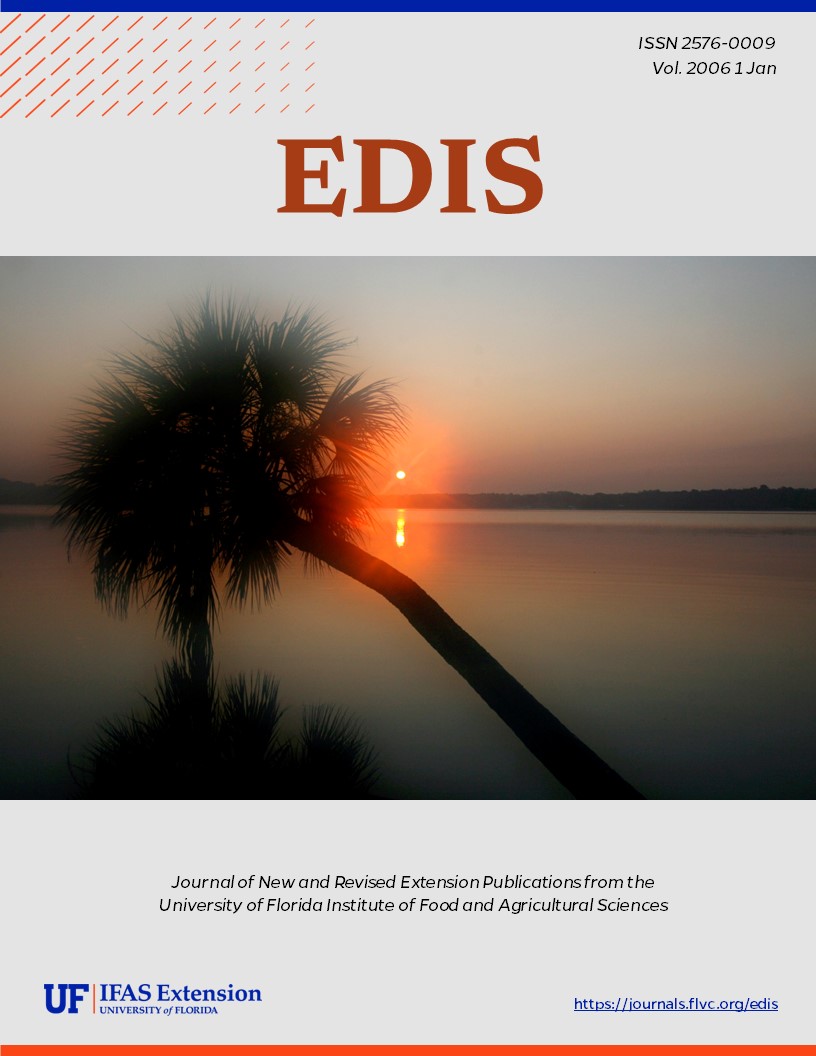Abstract
Thielaviopsis paradoxa is a fungus that can infect any part of a palm, and so can cause numerous diseases. In Florida, the two most frequent (and usually lethal) Thielaviopsis diseases observed in the landscape and field nursery are a bud (heart) rot and trunk rot. Thielaviopsis bud rot is discussed at http://edis.ifas.ufl.edu/pp144. This document is PP-219, one of a series of the Plant Pathology Department, UF/IFAS Extension. Original publication date January 2006.
References
Garofalo, J. F., and R. T. McMillan. 2004. Thielaviopsis diseases of palms. Proceedings of the Florida State Horticultural Society 117:324-325.
Paulin-Mahady, A. F., T. C. Harrington, and D. McNew. 2002. Phylogenetic and taxonomic evaluation of Chalara, Chalaropsis, and Thielaviopsis anamorphs associataed with Ceratocystis. Mycologia 94:62-72. https://doi.org/10.1080/15572536.2003.11833249
Simone, G. W. 2004. Thielaviopsis diseases. Pages 37-38 in: Compendium of Ornamental Palm Diseases and Disorders. M. L. Elliott, T. K. Broschat, J. Y. Uchida, and G. W. Simone, eds. American Phytopathological Society, St. Paul, MN.
Wingfield, M. J., K. A. Seifert, and J. F. Webber, eds. 1993. Ceratocystis and Ophiostoma: Taxonomy, Ecology, and Pathogenicity. American Phytopathological Society, St. Paul, MN.

